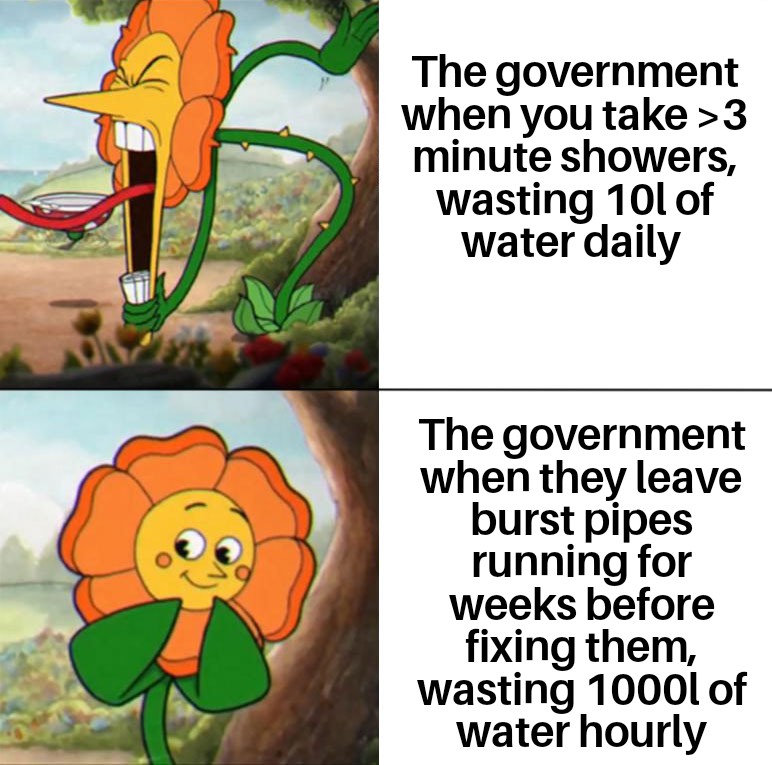this post was submitted on 05 Oct 2023
229 points (97.5% liked)
South Africa
254 readers
1 users here now
All re South Africa
Rules:
- Respect, as we are all family.
- Advertise not more than once a week.
- Same rules as Mastedon.
- Be lekker!
founded 2 years ago
MODERATORS
you are viewing a single comment's thread
view the rest of the comments
view the rest of the comments

Won't that cost more to heat up quicker?
No. It is the most cost-effective way
There are two main hot water heater systems. Tank and tankless.
Tank - Depending on the size of your home, you'll have a different size tank. The way it works is that it stores X amount of gallon of water at X°. Average is like 40 gallons at 140° F.
Tankless - Again, different sizes depending on your home. It produces hot water on demand and doesn't store any hot water.
Doesn't matter which one you have. Max hot is going to be best.
From your water heater to your fixture, there is a pipe.
This pipe is always filled with water.
If you haven't used the fixture anytime soon, the water in the pipe will become the temperature around the pipe.
Most likely, the pipe is in your house, basement, or crawl space. All these places are less than 140° F. The water will not be "hot"
In order to deliver hot water to your fixture, this "room temperature" water in the pipe has to go, and you need to fill the pipe with hot water from your water heater.
Your shower or bath has a mixing valve. It takes pure hot water and mixes it with cold water to give you a desired temperature.
So say I go to my shower and turn it to medium, halfway between max hot and cold. What's happening is that the mixing value is letting equal parts hot and cold water through. (If you have a shower with separate knobs it would be like turning both knobs equal amounts)
It is slowly clearing the pipe between the hot water heater and your fixture because half of the water is cold. The fixture can only put out so many gallons per minute.
Now, if you go max hot, it is only clearing the pipe between the hot water heater and your fixture.
Say the pipe between my hot water heater and my fixture holds a gallon of water.
Say my fixture can output 1 gallon per minute.
This means that if I go max hot, I will have pure hot water to my fixture in 1 minute.
Now, with medium temperature selected from the start, it is going to get rid of .5 gallons of water in the hot water pipe and .5 gallons in the cold water pipe in 1 minute. To clear the whole gallon of "room temperature" water in the hot water pipe. It's going to take 2 minutes.
After 1 minute on max hot, turning your value to medium will instantly mix in cold water, giving you the desired medium temperature basically instantly.
The difference is that you lost a minute waiting for it to heat up, and you wasted a gallon of cold water for no reason.
The cold water you wasted costs money
And you had to get rid of the "room temperature" water anyways
Getting rid of it efficiently is best
Let me know if you have any questions
Bro, what? The hot water is already hot, and no, the cost does not change much. The only difference is the storage cost; the energy input will be the same to heat it up (of course, depending on the heat source, the price can change - solar panels, electric, or fossil). And no, your showering is not really a problem. I don't know where you live, but where I live, personal household use accounts for about 3-5% of the water supply, so saying reducing the shower time or whatever will have 0 impact on water availability.